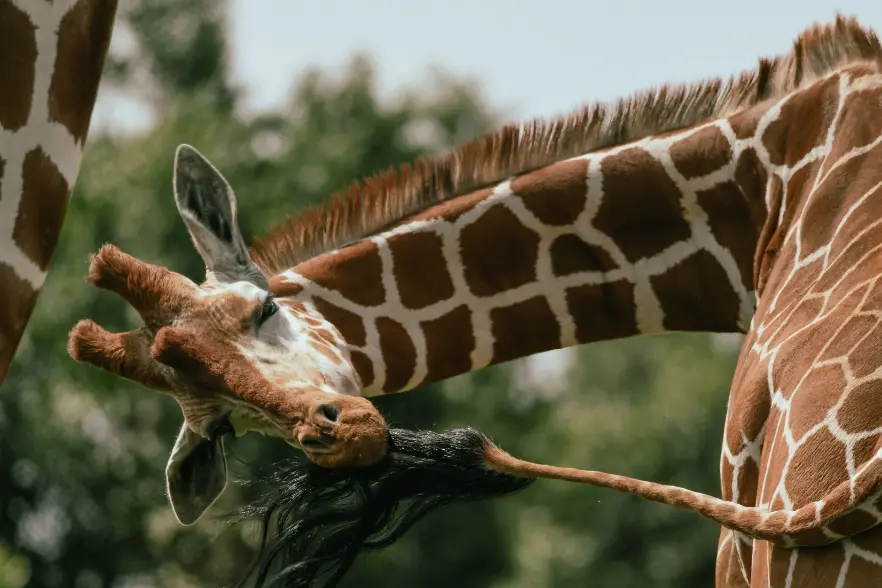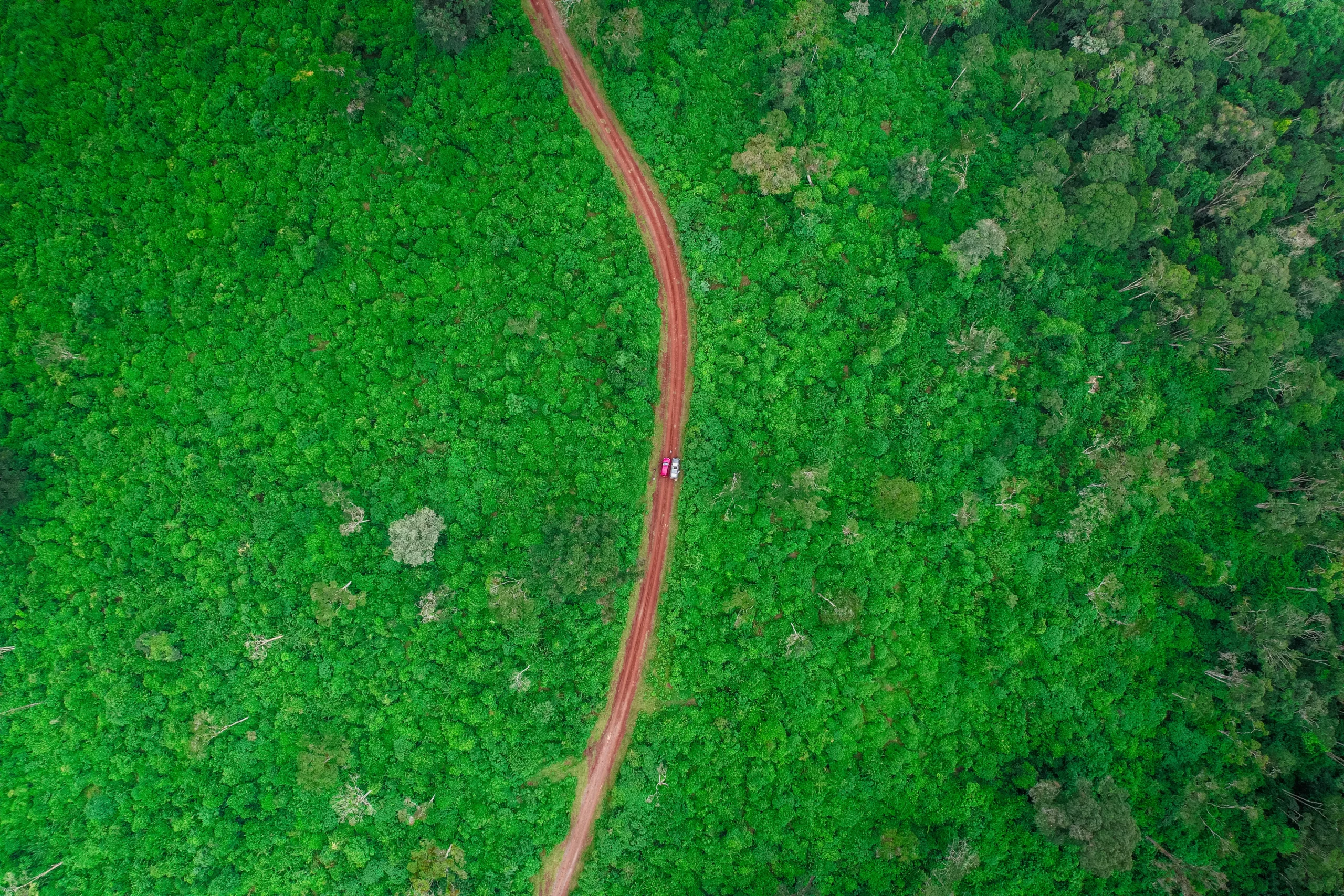Written by Mia Ruffo
East Africa is home to some of the world’s most iconic landscapes and communities. From the Great Rift Valley to the forests of Rwanda, the region has long captivated travellers. Yet tourism, while vital to the economy, has often come at a cost, contributing to environmental degradation, cultural exploitation, and economic inequality, leaving communities with little share of the wealth generated from their lands.
Now, a quiet revolution is underway. Artificial intelligence (AI) is emerging as a powerful ally in regenerative tourism — aligning conservation, community empowerment, and visitor experience in unprecedented ways. “AI is not just streamlining operations, it’s helping restore ecosystems and rewire who tourism serves,” says Dr. Amina Lessen, advisor with the African Regenerative Tourism Initiative.

Beyond Sustainability
Sustainable tourism focuses on minimising harm. Regenerative tourism goes further: it seeks to leave places better than they were found by restoring landscapes, strengthening local economies, and honouring indigenous knowledge systems. This vision is gaining momentum across East Africa, where AI is deployed to protect wildlife, build smarter infrastructure, and reconnect tourism with local people and priorities.
On the Frontlines of Conservation
AI tools are transforming how rangers and conservationists protect wild places. Machine learning systems now process data from drones, camera traps, satellites, and acoustic sensors to predict wildlife movements, detect poaching threats, and map habitat health.
“AI gives us eyes and ears across landscapes we could never cover on foot,” says John Mugisha, head ranger at Akagera National Park. In Kenya’s Aberdare Range and Rwanda’s Akagera, AI-assisted satellite imagery monitors forest regrowth and pinpoints reforestation sites, while AI-guided drones offer real-time surveillance across vast areas. In the Maasai Mara, AI-enhanced SMART systems process ranger patrol and camera trap data to identify poaching hotspots and illegal grazing patterns, contributing to a significant decline in incidents.

Smarter Stays, Smaller Footprints
AI’s potential extends beyond conservation. It is also enabling greener, more resilient tourism infrastructure. In northern Kenya, Sasaab Lodge uses AI to forecast solar energy demand by analysing occupancy, weather, and historical usage, cutting diesel consumption by 40% over two years. Water usage is monitored as closely, with AI detecting leaks or excessive consumption — crucial in drought-prone regions.“The data tells us exactly how to adjust… It’s taken the guesswork out of sustainability,” says general manager Jared Ole Ntimama.
In Tanzania’s Usambara Mountains and Ngorongoro Highlands, eco-lodges like Gibbs Farm use AI dashboards to manage solar and water consumption in real time, achieving low-impact operations without compromising guest comfort. Safari operators in the Serengeti and Laikipia are piloting AI-assisted route planning to cut fuel use and reduce wildlife disturbance.

Technology for the People
Regenerative tourism must ensure that benefits flow directly to communities — and AI is helping make that happen. In Kenya, startups like ConserAI are developing affordable machine learning tools for small community conservancies, helping to monitor land health and market community-owned destinations. In Tanzania, park authorities are partnering with universities to design AI models informed by indigenous knowledge, ensuring technology complements rather than overrides local management practices.“We’re using AI to plan grazing, track wildlife, and tell our own stories. Tech is finally helping communities stay on the land, not push us out,” explains co-founder Fatma Ahmed.
Meanwhile, in Zanzibar, the Tourism Commission is trialling AI platforms that promote local artisans and lesser-known communities, encouraging slower, more immersive travel that strengthens cultural resilience.

Smarter Tourism, Deeper Connection
AI is shaping how tourists interact with destinations. In Rwanda, the Visit Responsibly app tracks travellers resource use and waste. At checkout, visitors receive a personalised sustainability report with suggestions for offsetting through local reforestation or community initiatives.“We want tourists to understand their impact. AI helps make that visible,” explains program lead Celeste Makarugema.
In Kenya’s Laikipia region, AI and augmented reality are used on walking safaris to identify flora and fauna species in real time. These tools, co-developed with local communities, foster more respectful, informed engagement with ecosystems. At Segera Retreat, A insights guide staff in matching guests with ongoing conservation efforts. While these pairings are still facilitated by people rather than automated systems, operators are piloting apps that use live ecosystem data.“Guests used to ask for massages and sundowners. Now they ask to plant trees or join a camera trap walk,” says Segera conservationist host Peter Karuiru.

A Regenerative Future
AI is no silver bullet for regenerative tourism. But in the right hands, it can help heal landscapes, support biodiversity, and empower communities. The real test lies in how it is applied. Technology must serve local priorities, uphold indigenous knowledge, and deliver benefits where they are most needed, rather than deepen inequalities or enable digital colonialism.

